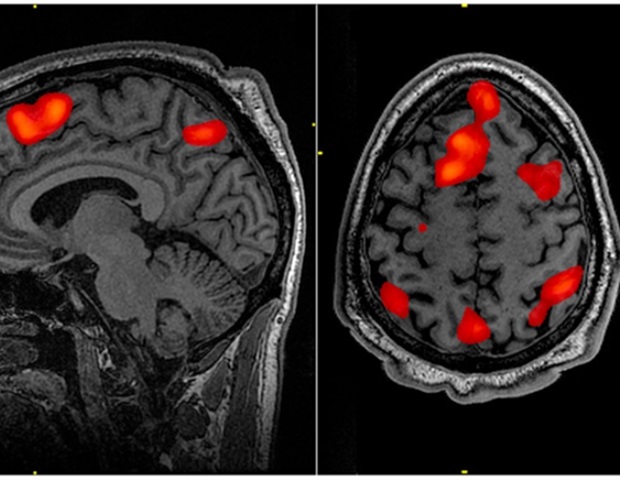Unveiling the science of gut-brain signals: How neural and hormonal pathways shape metabolism, behavior, and groundbreaking therapies for health challenges. Review: Interoception and gut–brain communication . Image Credit: Shutterstock AI In a recent review published in the journal Current Biology , researchers examined the origins, mechanisms, and significance of interoception (the sensing and processing of internal bodily states) and gut-brain communication in homeostasis, emphasizing neural and hormonal pathways influencing feeding behavior and metabolism.
Background The study of interoception traces back centuries, with early philosophers pondering mind-body interactions. Scientific exploration gained momentum in the 19th and 20th centuries, linking mental health to internal organ function and stress to gastrointestinal (GI) responses. The research highlighted the critical bidirectional communication between the gut and brain, facilitated by neural, hormonal, and microbial pathways that maintain homeostasis and influence behavior.
Despite significant advances, fundamental mechanisms remain unclear, particularly in spinal afferents, the dorsal vagal complex (DVC), and enteric nervous system (ENS) interactions. Further research is essential to uncover the detailed processes underpinning gut-brain signaling and its role in health and disease. Emergence of Interoception in Modern Science The term "interoceptive", coined in the early 20th century, described internal sensory .


















